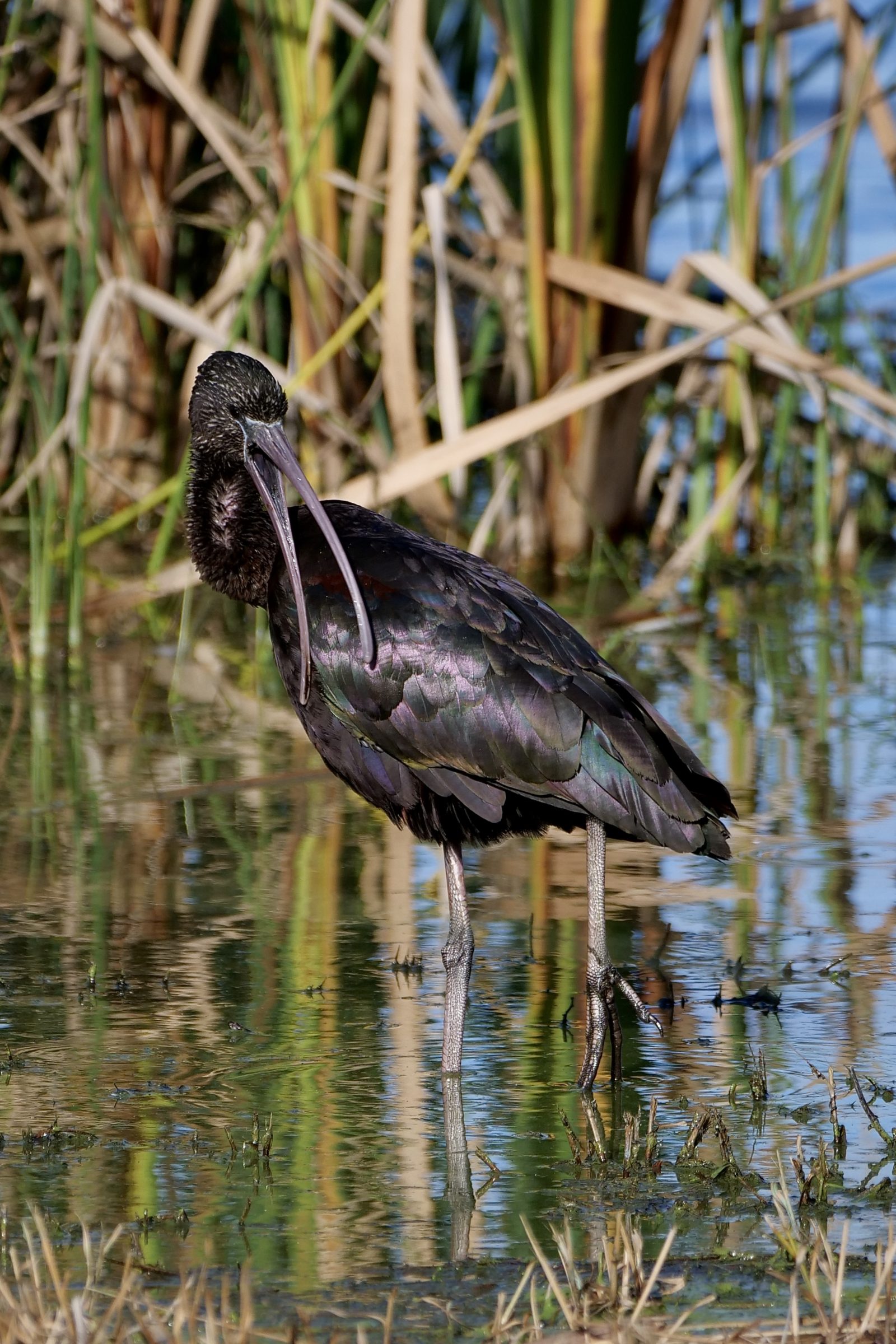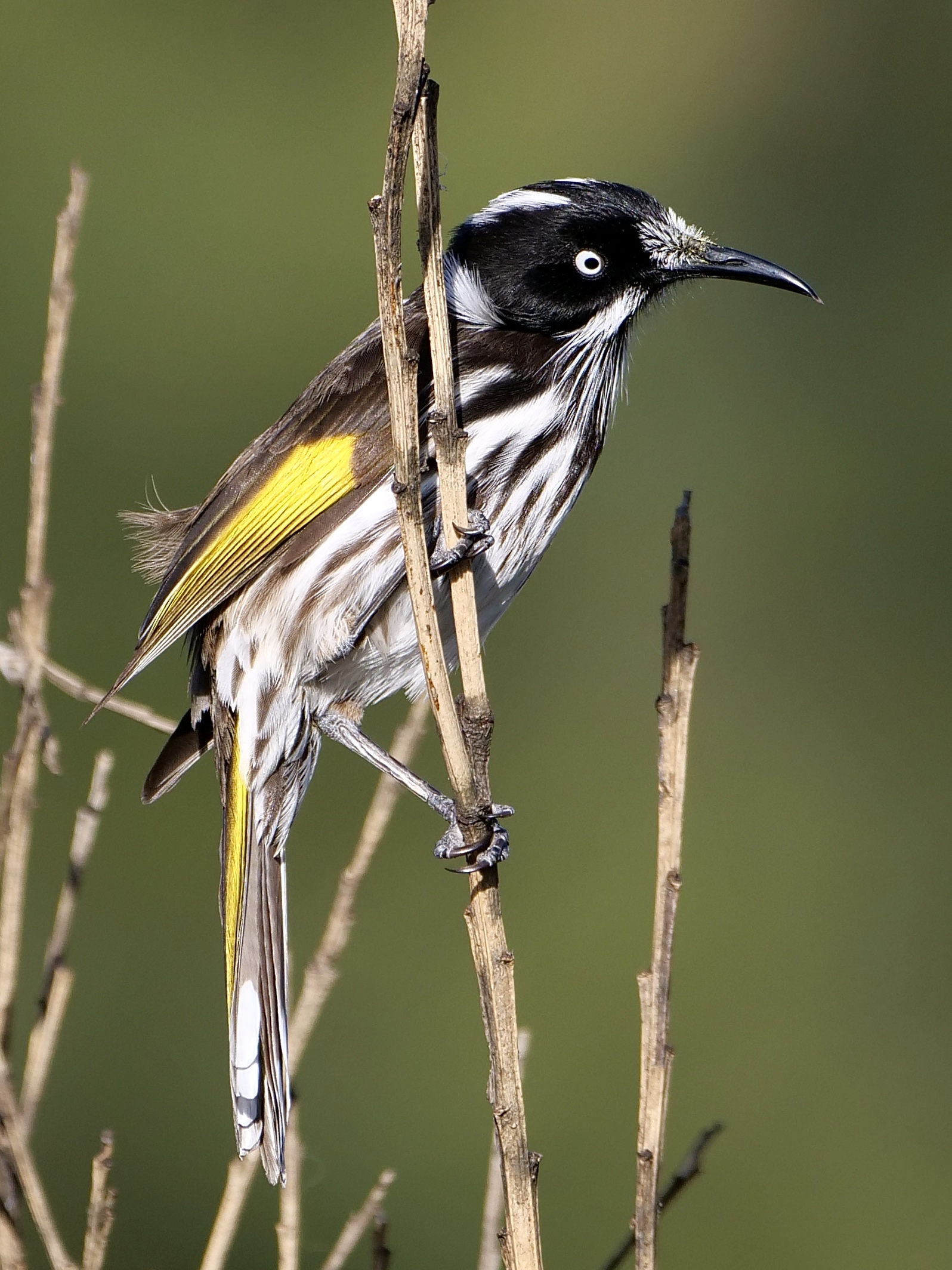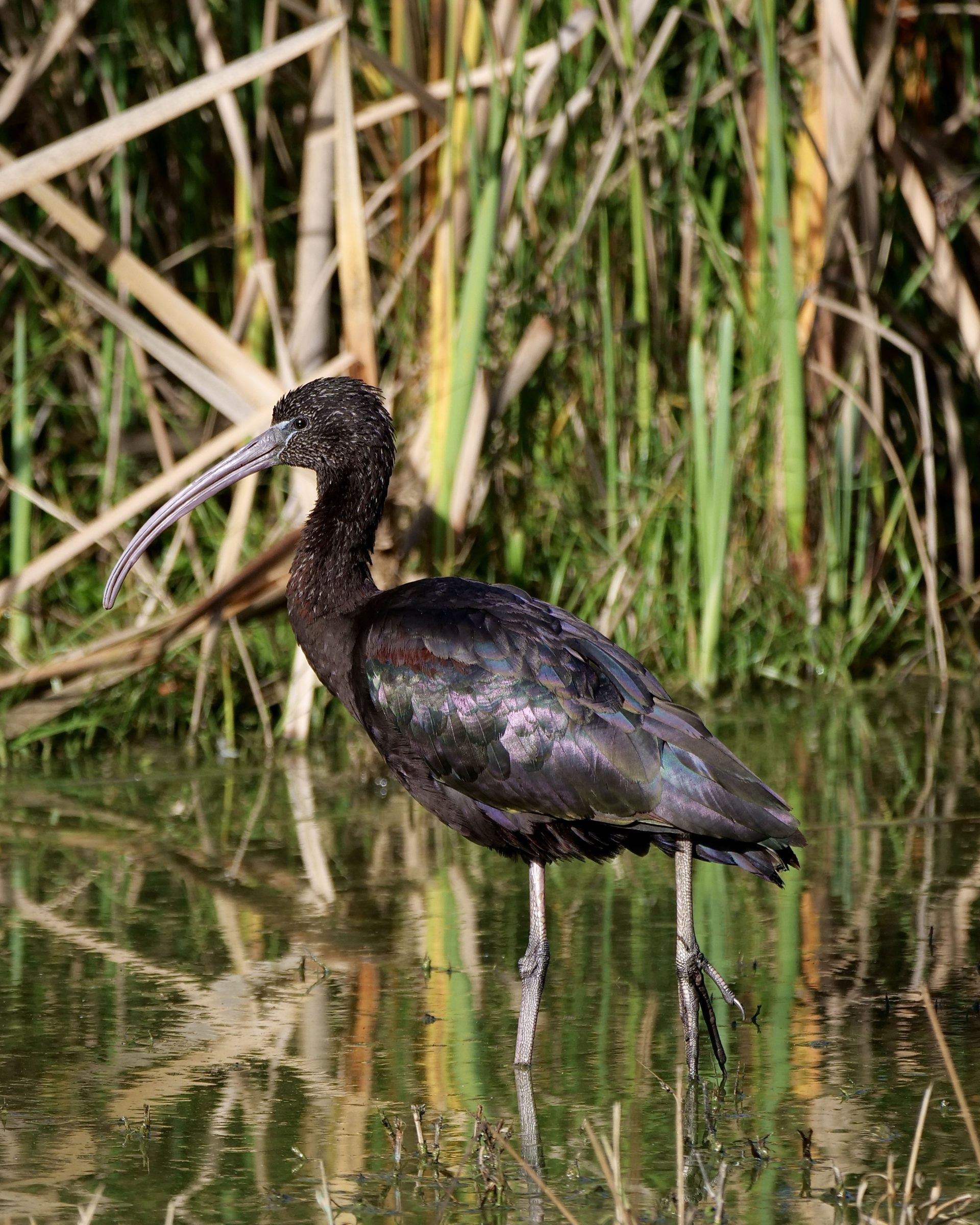Wednesday July 13 2022 was (yet another) glorious, bright winter’s day in the non-Scottish Perth.
A walk around the local lake was irresistible, even though mid-winter there usually proves unrewarding, bird-wise.
I almost decided to leave the camera at home…
Australia’s shiniest Ibis is also our smallest.
Plegadis falcinellus – the Glossy Ibis – is not a rare bird, but we rarely see it at Lake Monger.
Allegedly, this is a gregarious species, “usually seen in flocks”.
We often see Glossy Ibises at Herdsman Lake, but usually, there, they are “lone rangers”.
The individual who surprised us by his/her presence at Lake Monger was the only one there, to our knowledge.

(Lakes Monger and Herdsman are only minutes apart in bird-flying time. Many birds frequent both lakes, but some species show a marked preference for one rather than the other)
In a few weeks from now the Spring flowering will be underway, and nectar-feeding birds will be abundantly visible (and audible) on the (rehabilitated) heath/bush that fringes Lake Monger’s southwestern shores.
As yet, nectar pickings are slim, but on 13 July at least one New Holland honeyeater was a flamboyant reminder that “honeyeaters” are also insect eaters.


I liked the way the wind ruffled its feathers, as it clung tenaciously to its flowerless “perch” and (presumably) hoped that something edible would fly within reach.
For us, however, the unexpected “catch of the day” lurked on the opposite shore.
S/he was a very discreet but spectacular presence within the (rehabilated, very successfully) “riparian forest” vegetation which now reaches surprisingly high on Lake Monger’s eastern/“Freeway” side.
An adult Nankeen Night-heron’s physique is only a little different from his or her juvenile self.
A juvenile’s plumage, however, is so utterly unlike an adult’s that not a few human observers are fooled into “seeing” each as belonging to a different species.
(you can see adult Nankeen Night-herons in this post)
Ironically, the juvenile has a much more “senior citizenly” appearance and demeanour than does the adult.


Well done Doug. The Ibis is beyond glossy. It’s as irridescent as an oil slick. The wonders of Lake Monger. Today in email to friends in Michigan who are planning a trip to Alaska, I told them about our plans to to travel to WA later in the year and to give them a sense of how large WA is. I thought I’d total up the number of United States it takes to make up the land mass of WA. The list really surprised me: Here are their areas in square Kms. Only when you add all these together do you you get a few more sq kms than WA’s 2,646,000 sq kms
Washington – 184,666
Oregon – 25,026
Idaho – 216,632
Nevada – 286,367
California – 423,970
Utah – 219,887
Arizona – 295,254
Montana – 380832
Wyoming – 253,596
New Mexico – 315,194
Colorado – 269,837
TOTAL: 2,651531